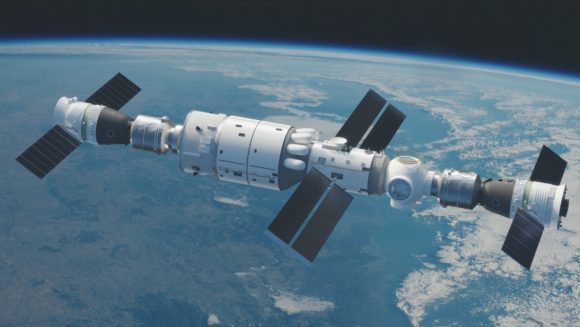Special Desk
With an eye on space, China has launched a key module of a new permanent space station – the Tianhe module.
The module contains living quarters for crew members and was launched from the Wenchang Space Launch Centre on a Long March-5B rocket. China hopes to have the new station operational by 2022.

At present the only space station currently in orbit is the International Space Station, from which China is excluded. The current space station in orbit is the ISS which is a collaboration of Russia, the US, Canada, Europe and Japan.
The ISS is due to be retired after 2024, which could potentially leave Tiangong as the only space station in Earth’s orbit.
China has been a late starter when it comes to space exploration. It was only in 2003 that it sent its first astronaut into orbit, making it the third country to do so, after the Soviet Union and the US.
Till now China has sent two previous space stations into orbit. The Tiangong-1 and Tiangong-2 were trial stations though, allowing only relatively short stays for astronauts. Tianhe or Chinese for harmony of the heavens, is set to be operational for at least next ten years.
Tiangong space station will orbit Earth at an altitude of 340 to 450km (210-280 miles). China plans to have at least ten more similar launches carrying more modules. The launch comes a month after China and Russia announced plans to build a space station together on the Moon’s surface.
Chen Lan, an analyst who specialises in China’s space programme, said the project was a big deal. “This will be the largest international space cooperation project for China, so it’s significant,” he said.
President Xi Jinping has also thrown his support behind the country’s space endeavours.
 Jubilee Post News & Views
Jubilee Post News & Views




